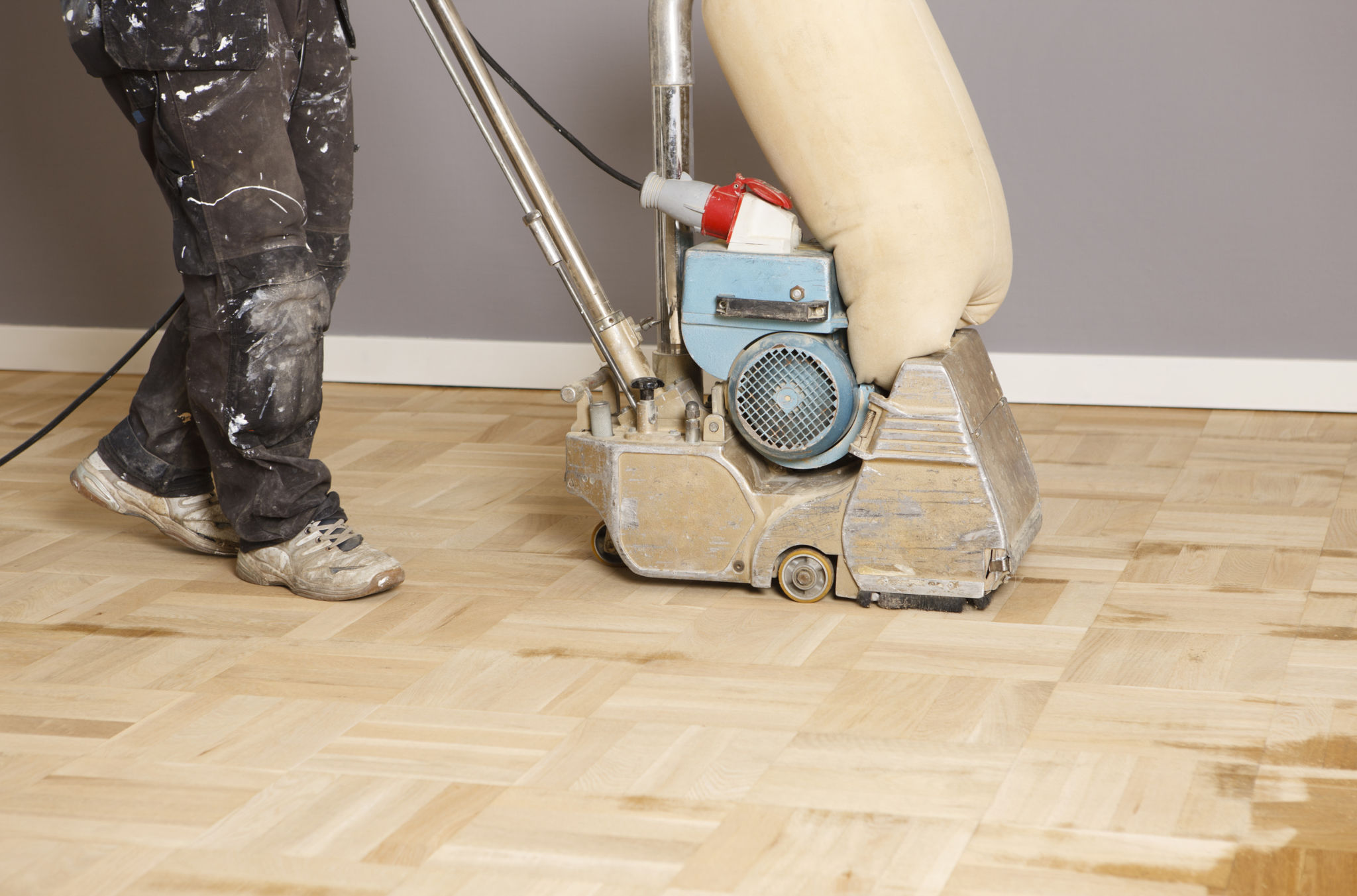Expert Tips on Refinishing Hardwood Floors for a Fresh New Look
K&
Understanding the Basics of Hardwood Refinishing
Refinishing hardwood floors is an excellent way to breathe new life into your home. Over time, even the most durable hardwood can lose its luster due to scratches, stains, and general wear. Refinishing not only restores the beauty of your floors but also extends their lifespan. Understanding the process and knowing what to expect is crucial before embarking on this project.

When to Consider Refinishing
Before starting, it's essential to determine whether your floors need refinishing. If your floors have deep scratches, discoloration, or a dull appearance despite regular cleaning, it's likely time for a refresh. However, if the damage is extensive, involving deep gouges or water damage, a full replacement might be necessary.
Depending on the thickness of your hardwood, floors can typically be refinished five to six times in their lifetime. Regular maintenance and proper care can help reduce the frequency of refinishing, preserving the integrity of your flooring.
Preparing Your Space
Preparation is key to a successful refinishing project. Start by removing all furniture and rugs from the room. Ensure that the area is well-ventilated to handle dust and fumes from the refinishing products. Cover doorways and vents with plastic sheeting to prevent dust from spreading to other areas of your home.

Next, check for any protruding nails or staples on the floor surface. These should be removed or hammered down to prevent damage to your sanding equipment. Finally, clean the floor thoroughly to remove dust and debris.
Sanding the Floors
Sanding is a critical step in the refinishing process. It removes the old finish and smooths out surface imperfections. Using a drum sander, start with coarse grit sandpaper and gradually move to finer grits for a smooth finish. Be sure to sand in the direction of the wood grain to avoid scratches.

After sanding, vacuum thoroughly and wipe down the floors with a damp cloth to remove any remaining dust particles. This ensures a clean surface for applying the new finish.
Applying the Finish
Once your floors are sanded and clean, it's time to apply the finish. Choose a finish that suits your aesthetic preferences and lifestyle needs—options include oil-based polyurethane for durability or water-based polyurethane for a quicker drying time and lower odor.
Apply the finish with a brush or roller, starting at one corner of the room and working towards an exit to avoid stepping on the wet surface. Allow each coat to dry completely before applying the next. Typically, two to three coats are recommended for optimal protection and shine.
Maintaining Your Newly Refinished Floors
Proper maintenance is crucial to keep your refinished hardwood floors looking pristine. Regular sweeping or vacuuming will help remove dirt and debris that can scratch the surface. Use rugs or mats in high-traffic areas to minimize wear.

Avoid using harsh cleaning products that can damage the finish. Instead, opt for products specifically designed for hardwood floors. With regular care, your refinished floors will maintain their beautiful appearance for years to come.